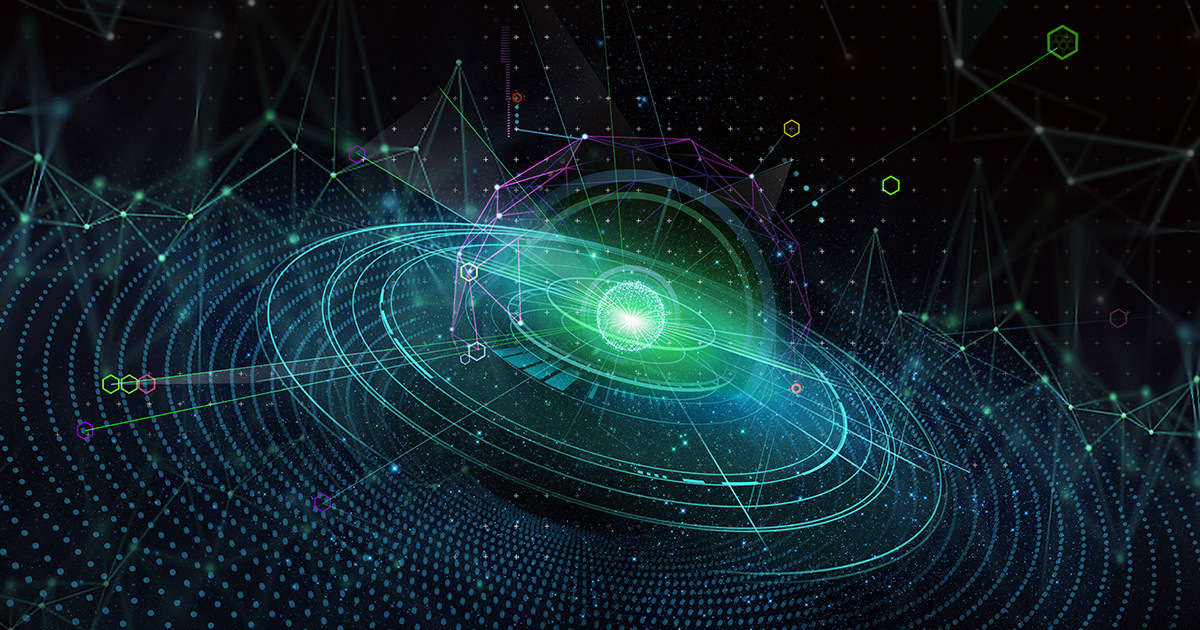DegustatoR
Legend
Nvidia hasn't stopped any game from implementing FSR thus far. In contrast to AMD who seemingly has stopped some of them from implementing DLSS.Nvidia has marketing with a lot of games, so I don't see them being open to people easily modding in FSR2 if they can stop it

